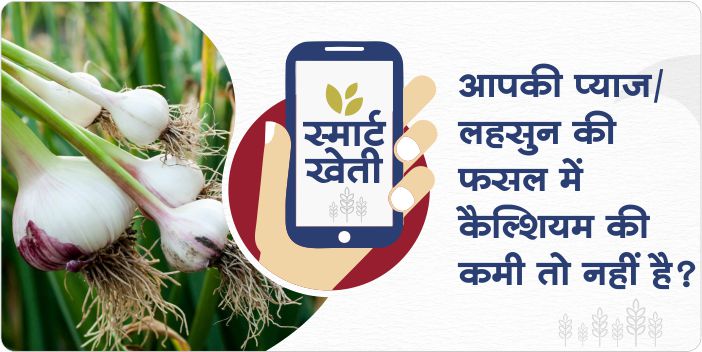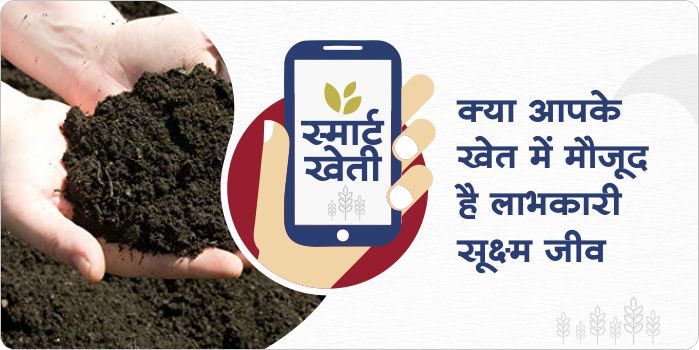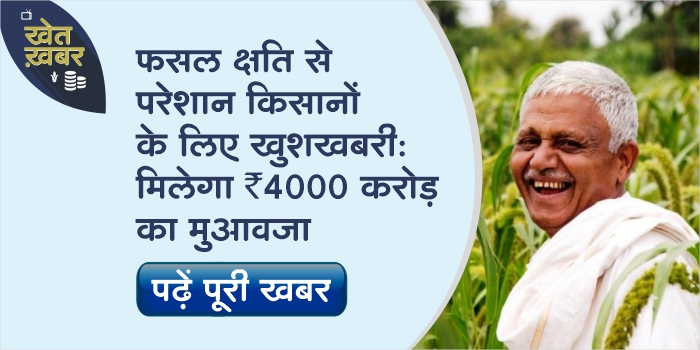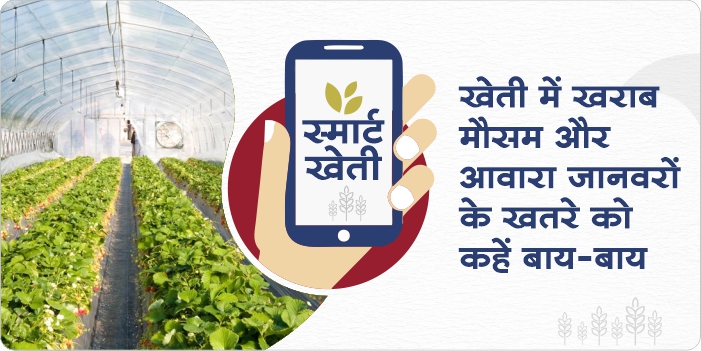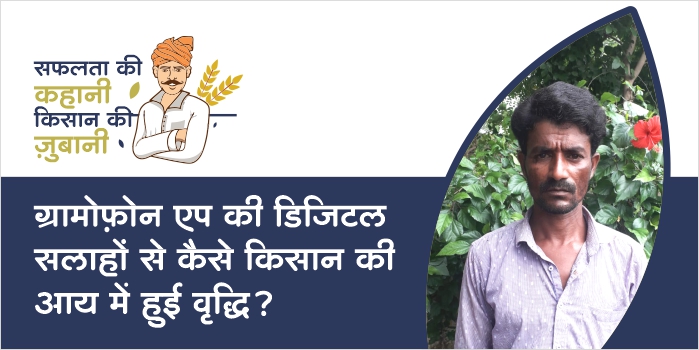- Pheromone trap is a biological agent used to catch insects that damage the crop.
- These pheromone traps contain capsules containing a chemical. The insect is attracted by the scent of this chemical and gets captured in these Pheromone traps.
- These capsules have a special type of scent that attracts male moths.
- Different insects have different smells, so different capsules are used for different insects.
- By using this the male insect gets trapped and the female insect is deprived of laying eggs.
Mandi Bhaw: What are the prices of vegetables in different mandis of Madhya Pradesh?
The price of vegetables such as tomato, cabbage, cauliflower, brinjal, okra, gourd, etc. is Rs 700, 825, 1025, 850, and 900 per quintal in Sendhwa Mandi of Barwani district under Indore division.
Apart from this, the wheat market price of mill quality in Momanbododia mandi of Shajapur district under Ujjain division is Rs 1934 per quintal and in this mandi, the price of soybean is Rs 3765 per quintal.
Talk about the market price of a gram, lentil, and soybean in Piparai mandi of Ashok Nagar district under Gwalior division is Rs 4775, 5200, and Rs 3665 per quintal respectively. In Gwalior’s Bhind mandi, millet is Rs 1290 per quintal and in Khaniyadhana mandi the mill quality wheat price is Rs 1925 per quintal.
Source: Kisan Samadhan
ShareDamage to soil and crop due to excess moisture
- As there is more rain nowadays due to climate change, which creates a lot of moisture in the soil.
- This excessive moisture increases the probability of an outbreak of fungal diseases and bacterial diseases in the soil.
- Excess moisture also causes a very high outbreak of insects in the soil.
- Excessive rains lead to soil erosion due to which makes soil devoid of nutrients.
- Yellowing of the crops, curling of leaves, the premature withering of the crop, falling of the fruits in an immature state, irregular spots on the pods, is caused by excess moisture.
- Lack of nutrients greatly affects crop production.
Role of Calcium in Onion/Garlic
- Calcium is an important nutrient in onion/garlic and has a key role to play in crop yield and quality.
- Calcium promotes the enhancement of root establishment and elongation of cells resulting in increased plant height. It also improves the tolerance of disease and low temperatures.
- Participates in metabolic processes of other nutrients uptake. Promotes proper plant cell elongation.
- Participates in enzymatic and hormonal processes. Helps in protecting the plant against heat stress
- Helps in protecting the plant against diseases – numerous fungi and bacteria secrete enzymes which impair plant cell walls. Stronger Cell walls, induced by calcium, can avoid the invasion.
- Increased bulb quality.
- Thus the main function of calcium in onion/garlic is to keep the crop free from disease and increase the yield, quality, and storage of onion/garlic.
- Use calcium 4 kg/acre as a soil treatment.
Government will buy more cotton on MSP this year than last year
The harvesting of Kharif crops is going on and the government has started preparations for its purchase at the support price. This year, the government has increased the target of cotton procurement compared to last year. This year, a target has been set to purchase 125 lakh bales of cotton at the minimum support price.
It is worth noting that one knot weighs 170 kg and last year the government procured 105.24 lakh bales of cotton. The government is preparing to buy about 20 lakh bales more this year.
According to the Ministry of Agriculture, the expenditure on the purchase of cotton is estimated to be Rs 35,000 crore. At the same time, this expenditure was Rs 28,500 crore in the last Kharif season. The Ministry estimates that this year the production of cotton may increase to 360 million bales, which is more than 357 lakh bales as compared to last year.
Source: Fasal Kranti
ShareImportance of Microbes in Soil
- India’s agricultural land has a deficit of up to 50% of microorganisms.
- microorganisms are an essential micronutrient for plant growth. But it remains unavailable in the soil which plants cannot use easily.
- This bacterium provides an available form of zinc, Phosphorus, potash as well as control of many diseases in crops, increased crop yield and quality of yield, improve soil health, and increases the activity of hormones, and also increases the activity of photosynthesis.
- microorganisms produce organic acids in the soil and convert insoluble zinc, insoluble Phosphorus, insoluble potash into Available form, and maintain soil pH.
- Microorganisms protect crops from many types of fungal and bacterial diseases.
Management of wilt in pea
- Turning or curling of developed leaves edges are one of the main symptoms of this disease
- The upper parts of the plants turn yellow, the growth of the bud stops, the stems and the upper leaves get more rigid, the roots go brittle and the leaves below become yellow.
- The entire plant withers and the stem shrink downward.
- The crop dries in a circle
- For Chemical treatment use KASUGAMYCIN 5% + COPPER OXYCHLORIDE 45% WP @ 300 gram/acre or KASUGAMYCIN 3% SL @ 400 ml / acre.
- Biological treatment does Soil treatment with the rate of MYCORRHIZA @ 4 kg/acre or TRICHODERMA viride @ 1 kg/acre.
- Use PSEUDOMONAS FLUORESCENS @ 250 gram / acre.
MP Government will give compensation of 4000 crores to farmers distressed due to weather
This year, due to heavy rains, floods and pest-related diseases have caused significant damage to crops. The Central Government had sent a team to assess the damage done to the crop. In Madhya Pradesh, the work of estimation has been completed, now only the farmers are waiting to get assistance.
On this subject, CM Shivraj Chauhan has said that “the entire assistance amount will be provided to the farmers affected by floods and pest-sickness in the state”. It is important to note that due to floods and pest diseases in the state, crops in about 40 lakh hectare area have been affected, for which compensation of about Rs 4,000 crore is expected. Last year, crops of about 60 lakh hectare area were damaged in the state, and compensation of Rs 2000 crore was distributed to the farmers.
Source: Kisan Samadhan
ShareLearn what is polyhouse, and what its benefits
- Using a playhouse one can grow crops in a controlled environment, throughout the year four to five crops can be grown due to the availability of essential plant environmental conditions.
- This helps in increased crop productivity and superior quality of products can be achieved.
- Gadgets for efficient use of various inputs like water, fertilizer, seeds, and plant protection chemicals can be well maintained in a playhouse.
- Pests and diseases can be effectively controlled in the enclosed growing area.
- The percentage of germination of seeds is high in the playhouse.
- When the playhouse is not in use, the entrapped heat can be used for drying and related operation of the harvested produce.
- Polyhouses are suitable for automation of irrigation, application of other inputs, and environmental control by using a computer and artificial intelligence techniques.
Digital Advice of Gramophone App increased income of Khandwa farmer
The whole world is slowly being digitized, today anyone can get any information anywhere on one touch of mobile. There is also a lot of potential for the Indian farmer in this era of digitization. Gramophone is opening the doors of these possibilities to farmers. Now farmers are getting every information related to agriculture through the Gramophone Krishi Mitra app on one touch of a smartphone. Soybean farmer Sagar Singh Solanki of Khandwa is also doing smart farming with the help of the Gramophone Krishi Mitra App.
The use of the Gramophone app not only made Sagar Singh Solanki a smart farmer but also brought a good increase in income while reducing agricultural costs. The use of the app reduced their agricultural costs by 21% and increased income by 25%. Apart from this, their total profit also increased by 37% as compared to earlier.
Like Sagar Singh Solanki, lakhs of farmers are using the gramophone app and taking advantage of it. If you also want to become a smart farmer like them then you can also join Gramophone. To connect with Gramophone, login to the Gramophone Krishi Mitra app.
Share



